Counting Pallet Object on Warehouse
Hi,
Recently working on project that want to count pallet on warehouse, the goals is to know how many pallet on warehouse.
Please refer my picture bellow :
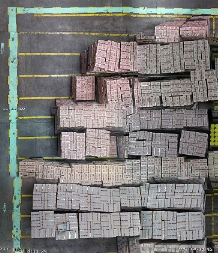
To simplified this problem, we create a sample area. Sample area is area that we need to know : is in the area that are pallet inside?
So, our problem was simplified to picture bellow :
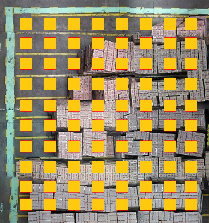
While Yellow indicate sampling area.
Thus, we have tried using canny algorithm or hough algorithm. No ones give me a best result. Sometimes give us wrong result like this bellow :
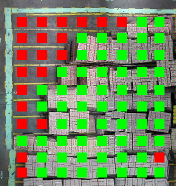
While red indicates this is empty space,
While green indicates this area occupied by box pallet.
The problem our algorithm not working well in every scenario (time,pallet position, lighting problem, etc).
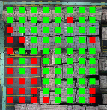
As you can see (Row 6 Col 2), if the sampling area on the lighting spot then algorithm marking it's area occupied. this is totally wrong.
Lighting problem image example :
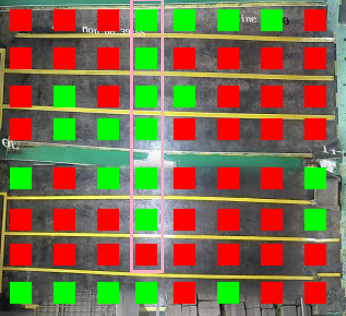
So, is there any idea or library on open CV that we can use, adopt, and integrate for our case? Is there any way to avoid the lighting problem?
Thanks in advance.


could you post this image with original size
Off course, here you are : https://goo.gl/PqvLAT
For information, this image generated by stitching process.
nice project! if possible, also i want to see some of images which used to generate this image ( they have more detail ). you can do counting process before stitching
Alternative method, maybe too naive, use a background subtraction like method with as reference an image without the pallets? The constraints are a fixed camera, the same reference background and no / few other perturbations.
sure, here you are : https://goo.gl/jmeXac
Is there any detail paper or project that can be reference for us?
i want to think on how to help you. could you post at least two ( ideally four ) images used to generate big picture
Of course, here you are : https://goo.gl/5pMh6U recently, i added 4 images. Did you know how to reduce lighting noise problem?
How i can avoid lighting problem in our scenario? is there any idea?
@NPE i am really wondering why you are simply ignoring the fact that I told you to move on to machine learning ... its the only way to robustly cope with changing lighting conditions...